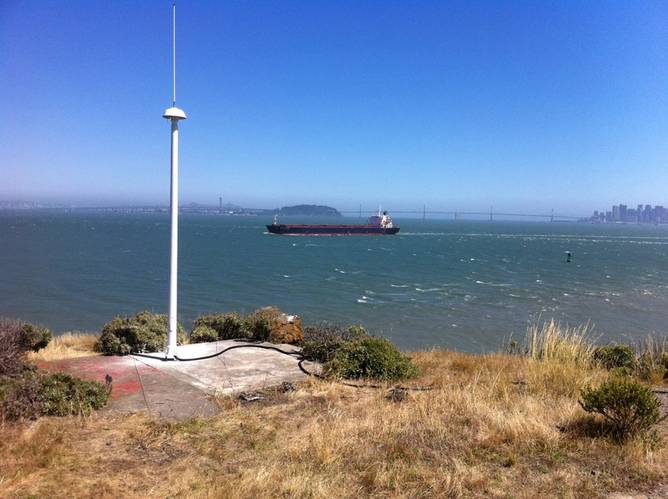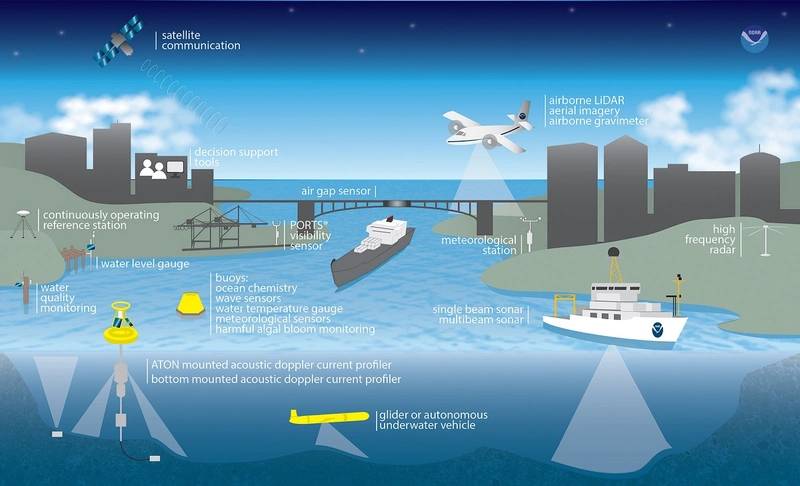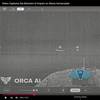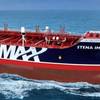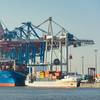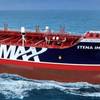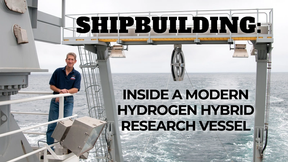NOAA Offers a New Way to See Currents
A new NOAA National Ocean Service website will provide mariners near real-time coastal ocean surface current observations and tidal current predictions in coastal waters using high frequency (HF) radar, making marine navigation safer for mariners and commercial shippers.
The web-based observations are now available for the Chesapeake and San Francisco Bays in areas vital for marine navigation, with additional locations to follow. The product was made possible by NOAA’s Center for Operational Oceanographic Products and Services (CO-OPS) using data from the NOAA-led U.S. Integrated Ocean Observing System (IOOS).
“By partnering to create new tools like HF radar surface currents, we are providing a more complete picture of a very dynamic environment,” said Richard Edwing, director of CO-OPS. “This is a great example of how coastal environmental intelligence better enables informed decisions to be made for safe navigation and other uses. We will continue to work with our partners in the navigation community to enhance and expand this product and eventually integrate it into NOAA’s Physical Oceanographic Real-Time System (PORTS) products.”
Currents in the ocean are equivalent to winds in the atmosphere because they move things from one location to another. These currents carry nutrients as well as pollutants and marine debris, so it is important for scientists and mariners to know the currents for ecological, economic and safety reasons. HF radars can measure currents over a large region of the coastal ocean, from a few miles offshore up to 125 miles out, and can operate under any weather conditions.
Located near the water’s edge, HF radar does not need to be atop a high point of land. Traditionally, crews placed current measuring devices directly into the water to retrieve current speeds. While these direct measurement systems are still widely used as a standard reference, HF radars are the only sensors, including satellites, which can measure large areas at once with the detail required for important applications.
HF radar ocean surface current data complements NOAA’s PORTS, a system that provides real-time water level, current and meteorological observations for safe navigation and also benefits search and rescue, oil spill response, harmful algal bloom monitoring, water quality assessments, ecosystem assessments, and fisheries management.
“This is an excellent example of taking the environmental data that U.S.IOOS collects, and putting that information into the hands of people who need it,” said Zdenka Willis, director of the NOAA-led U.S. IOOS Program. “By working to translate that data into an existing suite of real time navigation products and services, we are showing that NOAA’s investment in key observational platforms provides the vital services our maritime communities rely upon to operate both safely and efficiently.”
CO-OPS is an organization of experts in understanding tides, currents and water levels, turning operational oceanographic data into meaningful information, products and services for the nation.
The NOAA-led U.S. Integrated Ocean Observing System (IOOS) is a federal, regional, and private sector partnership for tracking, predicting, managing and adapting to changes in the marine environment. IOOS delivers data and information needed to increase understanding of the nation’s waters to improve safety, enhance the economy, and protect our environment.
Coastal environmental intelligence provides timely, actionable information, developed from reliable and authoritative science, to provide insight to decision makers into present and future conditions in the coastal zone.
noaa.gov





